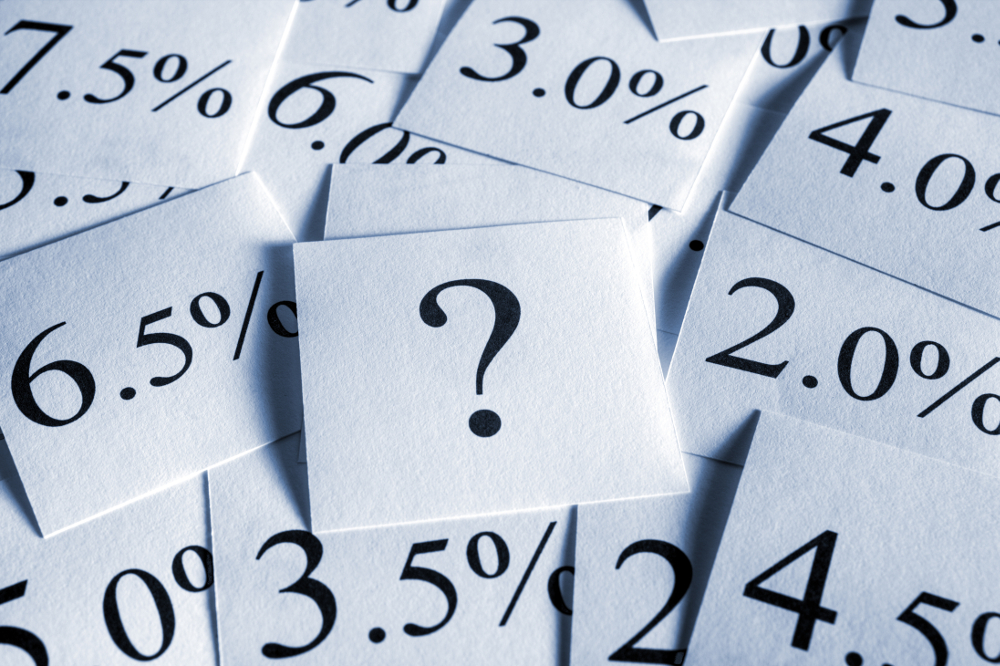Whether you are cash strapped and could use a little breathing room in your budget, or you’d like to lock down your adjustable rate-mortgage with a fixed-rate mortgage, there are plenty of reasons why refinancing can seem like a great option. However, refinancing can be a complicated and costly endeavor that should be done for the right reasons and timed to ensure the financial burden doesn’t outweigh the benefits.
Here are a few things to think about before you head down the path of refinancing.
What are your reasons to refinance?
Locking down a lower interest rate or shortening the loan term
The interest rate on your mortgage can have a tremendous effect on how quickly you amass equity in your home and how much your monthly payment is. Even just a slight decrease can mean big savings over the life of the loan.
Investopedia shows how large the difference can be in this example:
“…a 30-year fixed-rate mortgage with an interest rate of 9% on a $100,000 home has a principal and interest payment of $804.62. That same loan at 6% reduces your payment to $599.55.”
In addition, if the interest rate change is substantial enough, you could potentially swap out a 30-year loan for a 15-year loan without paying significantly more monthly.
Moving between a fixed rate and adjustable rate mortgage
If you don’t like the uncertainty tied to your adjustable-rate mortgage, it might make sense to refinance and go with a locked-down, fixed-rate mortgage instead. This is particularly helpful if you plan on staying in your home for several years and you are in, or approaching, a rising interest rate environment.
On the flip side, if interest rates are on a decline, switching from a fixed-rate mortgage to an adjustable-rate mortgage can prevent you from having to refinance again in the future to cash in on dropping rates.
Using the equity in your home to pay off debt
Many people will refinance in order to pull equity from their home to pay off debt or pay for a large expense, like a home remodel. While this might sound like a quick solution to what could be a big problem or hurdle, it is essentially just moving one expense to your mortgage which might take a full 30 years to pay off.
As Bankrate explains, this could turn unsecured debt like credit card debt into secured debt.
“Miss your credit card payments, and you could get nasty calls from debt collectors and a lower credit score. Miss mortgage payments, and you can lose your home to foreclosure.”
Major considerations before refinancing
The cost vs. the savings
Refinancing isn’t free — in fact, it requires paying thousands in closing costs. Therefore, it’s extremely important to consider the cost of refinancing compared to how long it will take the monthly savings to reach that threshold. If that amount of time exceeds how long you plan to stay in the house, then refinancing probably isn’t the best option.
The amount you’ll pay over the life of your loan
If you opt to completely pay off your existing mortgage and take on a new mortgage, starting at the beginning of your 15 or 30-year term could mean that you pay more over the life of your loan than you would simply staying put and finishing out your mortgage at the original rate.
The rate being offered vs. your existing rate
Just because current rates are lower than your existing rates doesn’t mean it is worth going through the time and effort it takes to refinance.
Homeguides offers a great example:
“A 1 percent rate savings on a $100,000 mortgage will lower the payment $60 to $65. On a $400,000 loan the payment savings will be about $250 per month. The refinance costs of the larger loan will be higher, but not proportionally higher. The homeowner with a lower current mortgage balance may need the 2 percent rate savings to have a refinance make sense. Homeowners with larger mortgage balances could achieve sufficient cost savings with a 1.5 or 1 percent rate drop.”
How you will use the equity you are pulling out
If you intend to take the equity from your home and apply it to your debt, it’s essential to have looked carefully at the reason for your debt and have a plan in place to keep you from simply falling back in to the hole later on.
How to know if now is the time to refinance
While the current interest rate environment certainly plays a huge part in knowing if now is the time to refinance, it also depends on a variety of other factors: your reason for refinancing, the cost, the benefit, and how it will impact your financial picture today and into the future.
Personal finance is personal and this is just one more instance that proves that.
Take the next step towards refinancing your current mortgage loan.

